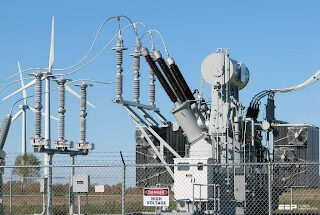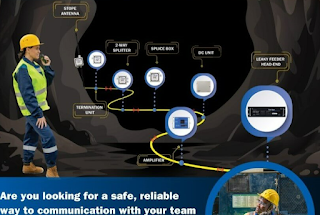Are you worried about where to stay after leaving rehab in Raleigh? You no longer need to because there are many halfway houses in North Carolina, that can offer you shelter. For people who have been battling acute addiction problems, rehabs are the best facilities for recovery. But what happens when you must leave the rehab? Not everyone has a home or friends who can give them shelter and help them get back on their feet.
Such addicts need halfway houses to help them take baby steps back into society. Inpatient treatment cannot last forever, and people who get tempted easily can experience a relapse in the absence of any supervision. These patients need a plan of action that will keep them committed to sobriety. So, sober living homes really work like aftercare for these addicts once they step outside the rehab. While halfway homes are known by different names, they all seek to offer a stable environment for recovering alcoholics.
How can you be sure you found a good halfway home in Raleigh?
- The first thing to check is whether the atmosphere inside the halfway house is indeed peaceful. Not all recovery houses have proper rules; neither do they take disciplinary action against violators. Such an environment is not in the least conducive to recovery.
- You must find out whether sober living has the necessary certifications. These accreditations are recommended, but they are not mandatory. No surprises then why many halfway houses are not up-to-the-mark. However, if you find a halfway home running without certifications, it is not worth checking into.
- Associations like FARR inspect these facilities to make sure they are hygienic and safe for residents. While Florida has FARR to depend on, there are similar organizations in other states, even North Carolina. So, make sure it is certified by the respective state regulatory body before you move in.
- Locations of the halfway homes you have shortlisted are an important factor to consider. Just because it is in a plush neighborhood does not mean it is automatically safe. The thing to check is whether there are temptations around that can trigger alcoholism. Moreover, you should ideally choose a halfway home in a place that is close to local AA meetings. This ensures that residents continue to attend the 12-step programs.
- A halfway home that lacks accountability or structure is best avoided. Recovery is not simply about staying away from alcohol. It is about inculcating positive lifestyle habits that will reform you as an individual. You need to learn to obey rules, find employment, participate in household chores, and respect curfew hours. On the surface, these rules may appear to be a tad stringent, but they are imperative to help addicts lead an independent and successful life.
- It may also be a good idea to visit the facility and interact with other residents. Their behavior and attitudes will tell you a lot about how good the halfway home is. If the inmates inside the house are not focused on recovery, they cannot help you heal. You need to have people inside the house that you can trust and build camaraderie. Their advice, guidance, and support will make a world of difference to your recovery.
Look at all these things when choosing a sober living in North Carolina. A wrong choice of a halfway house can do more harm than good.




